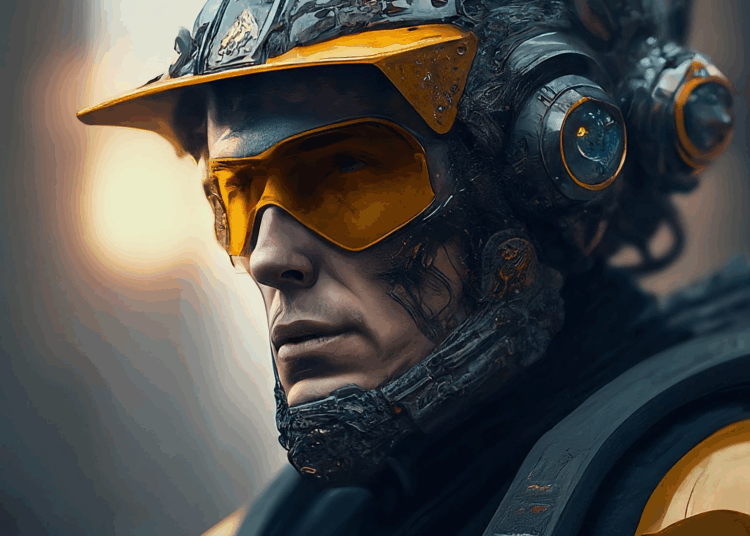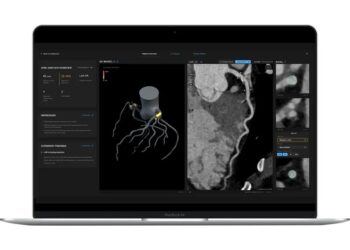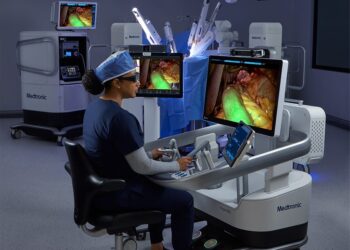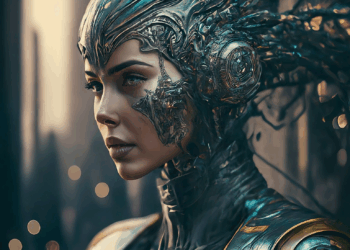# From Specialized Tools to Cognitive Architectures: The Next Paradigm in AI
The pace of AI evolution is breathtaking. It feels like only yesterday that we celebrated models that could master a single domain: natural language processing, computer vision, or speech synthesis. We built and deployed an arsenal of specialized tools—a BERT for text understanding, a CNN for image recognition, a WaveNet for audio generation. Each was a masterpiece in its own right, pushing the boundaries of what was possible within its silo.
But that era is closing. We are witnessing a fundamental paradigm shift, moving away from a collection of discrete, specialized models and toward integrated, multi-modal systems that more closely resemble a unified cognitive architecture. This isn’t just about bolting on new features; it’s a foundational change in how we design and conceptualize intelligent systems.
### The Era of Specialization: A Necessary Foundation
For the past decade, the dominant approach in applied AI has been one of specialization. If you wanted to build an application that could “read” a document and “see” an image within it, you’d typically chain two distinct models together. You would use an Optical Character Recognition (OCR) model to extract the text and a separate image captioning model to describe the picture.
This approach was powerful and got us incredibly far. These specialized models were highly optimized, trained on vast, domain-specific datasets to achieve state-of-the-art performance. However, they had a critical limitation: they lacked a shared understanding of the world. The text model knew nothing of pixels, and the vision model was illiterate. Their “knowledge” was fragmented, preventing them from performing tasks that required reasoning *across* modalities. They were like a team of brilliant experts who couldn’t speak the same language.
### The Rise of the AI Generalist
The new frontier is the unified, multi-modal model. Systems like Google’s Gemini and OpenAI’s GPT-4o are prime examples of this shift. These models are not just a collection of specialists under one API; they are trained from the ground up on a vast, interwoven dataset of text, images, audio, and even video.
Here’s why that’s a game-changer:
* **Emergent Cross-Modal Reasoning:** By learning from different data types simultaneously, these models build a more abstract and holistic internal representation of concepts. The word “dog,” the image of a dog, and the sound of a bark are no longer isolated data points. They become interconnected nodes in a single, rich conceptual space. This allows the model to perform novel tasks that were previously impossible, such as watching a muted video of a guitar being played and generating the corresponding audio, or looking at a chart and providing a spoken-word analysis.
* **Reduced Architectural Complexity:** For developers, this shift is a massive simplification. Instead of orchestrating a complex pipeline of single-purpose APIs, you can now interact with a single, more powerful endpoint. The cognitive load of gluing systems together—handling data transformations, managing latency between calls, and resolving conflicting outputs—is drastically reduced. We’re moving from a cluttered toolbox to an intelligent Swiss Army knife.
* **More Natural Human-Computer Interaction:** The ultimate goal of much AI research is to create systems that can interact with us on our own terms. Humans are naturally multi-modal; we communicate with words, gestures, tone of voice, and visual cues. An AI that can seamlessly process and generate information across these modalities can create far more intuitive, fluid, and genuinely helpful user experiences. Imagine a real-time tutoring application that can listen to a student’s question, see the math problem they’ve written down, and provide a verbal explanation while highlighting the specific error on the page.
### Conclusion: The Real Work Begins Now
This transition from specialized tools to integrated cognitive architectures is more than just the next step in a linear progression of capability. It represents a fundamental shift in our approach to building AI. The performance gains are obvious, but the secondary effects—simplified development, new application categories, and more natural interfaces—will be just as transformative.
The challenges now evolve. We are no longer just focused on squeezing out another percentage point of accuracy on a narrow benchmark. The new frontier is about understanding how to effectively steer, fine-tune, and ensure the safety of these immensely powerful and flexible systems. The era of the AI generalist has arrived, and the creative explosion of applications it will enable is only just beginning.
This post is based on the original article at https://www.technologyreview.com/2025/08/22/1122304/ai-scientist-research-autonomous-agents/.






















